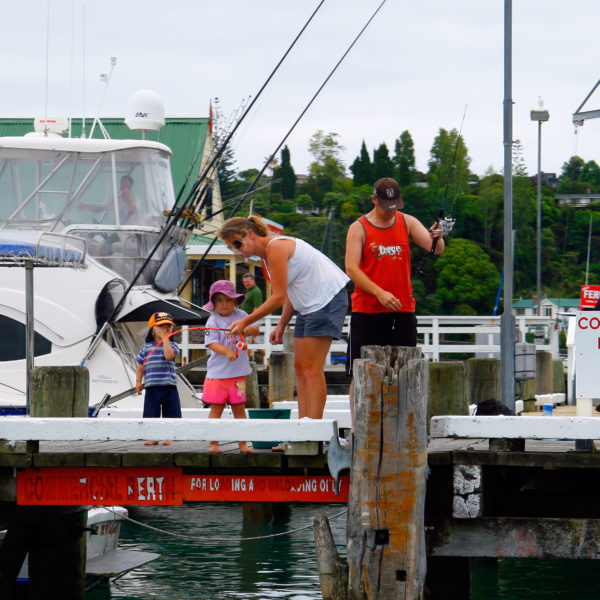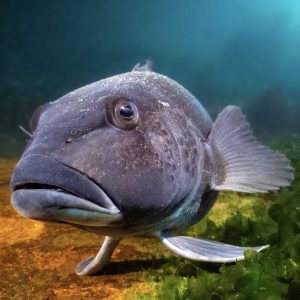Snapper, kahawai and blue cod are the most popular saltwater finfish caught and kept by recreational fishers in New Zealand. As you would expect, snapper is the most common fish taken, representing nearly half of the national finfish landings.

We now have two reliable surveys of recreational harvest using the same methods so the results can be compared nationwide. The first of these comprehensive year-long surveys was completed in 2012, the most recent in 2018. Interestingly, between 2012 and 2018 the number of snapper caught by recreational fishers is down by 23% overall.
Fish availability varies from year to year and this naturally affects overall catch. The increased minimum size limit for snapper caught off the northeast coast means more fish were released.
The methods used by NRB in the National Panel Survey has attracted international attention, especially from countries struggling to gather reliable estimates of recreational catch in their jurisdictions.
Back home, the numbers of people fishing dropped between 2012 and 2018. Around 14% or 680,000 people went fishing in the sea at least once in 2018. For tradies that percentage would be much higher if the number of work vehicles parked at boat ramps is used as an indicator.
When we do go fishing our total combined, national catch is estimated to be around 10,000 tonnes of finfish and non-finfish i.e. shellfish, crayfish, per annum. This compares to around 405,000 tonnes landed by the commercial sector.
So when anyone suggests that recreational fishers take too many fish you can rightly chip in that collectively we take around 3% of all fish harvested from New Zealand waters. There is also some kai moana taken under permit for Maori customary use but the remainder is commercial take.
There are some fisheries at really low levels and this makes it hard for recreational fishers to access those species. The ones causing most concern right now are crayfish in the Hauraki Gulf and Bay of Plenty, tarakihi and hapuku on the east coast of New Zealand, kahawai and blue cod at the top of the South Island.
LegaSea is working to convince the Minister of Fisheries that we need more fish in the water.
As you enjoy an extended summer of fishing please think about how many fish you need and what you can do to conserve stocks. You can maximise your catch by using the whole fish. Smoking the fish or using the offcuts to make stock is good practice and shows respect for each fish taken. If you are not going to use the fish heads and frames please use the Free Fish Heads app or website to find someone who would love to take them off your hands.
For tips and tricks on how to stay safe, the best ways to look after your catch, and how to reduce your impact on the marine environment please visit the FishCare website. Happy fishing from the LegaSea team.
MPI National Panel Survey recreational harvest estimates 2017-18
Free Fish Heads website www.freefishheads.co.nz.
FishCare website www.fishcare.org.nz





